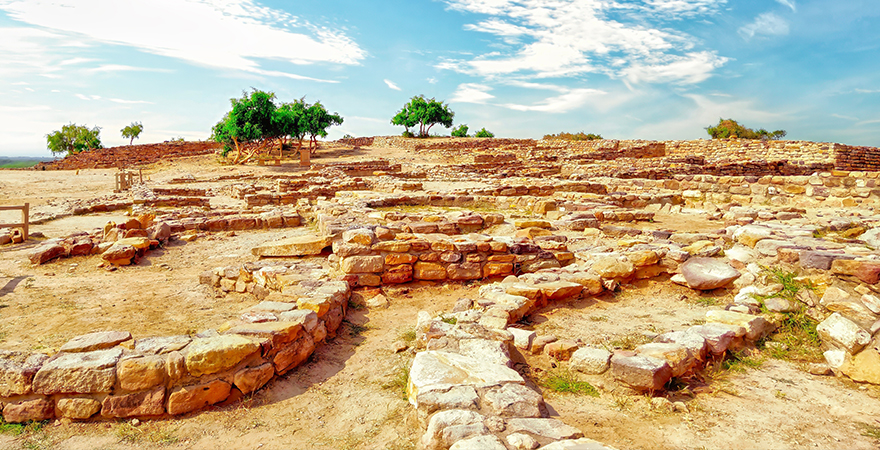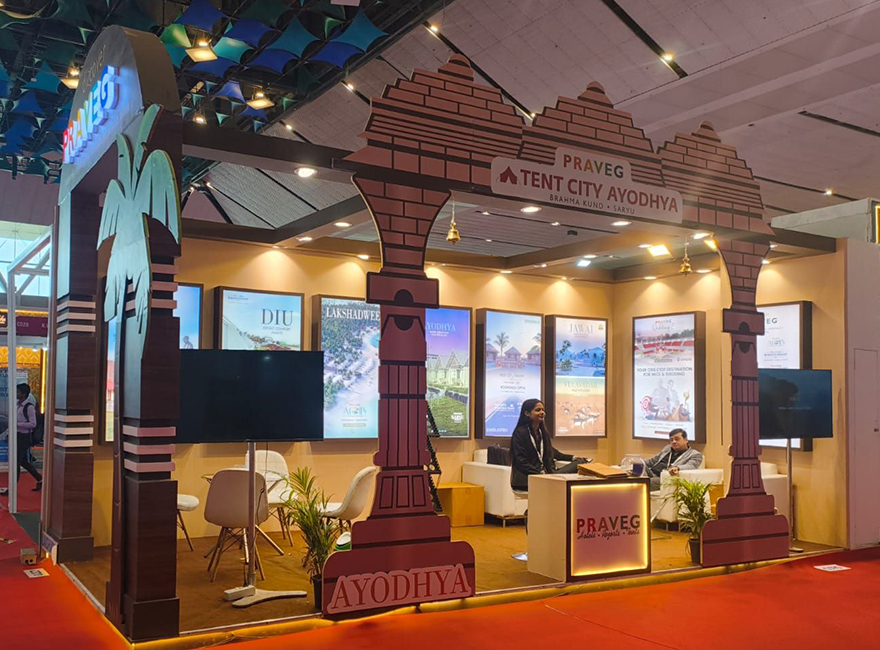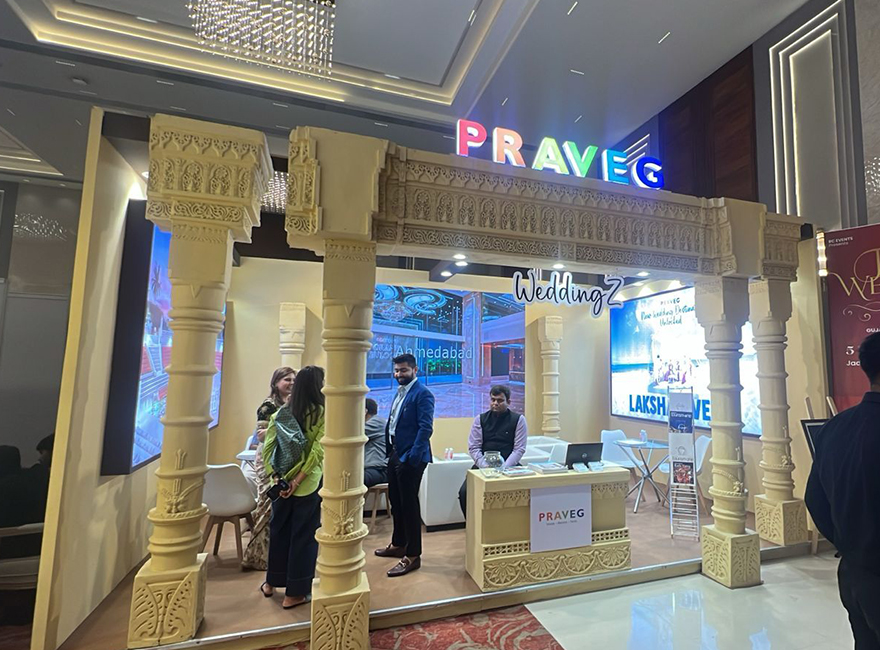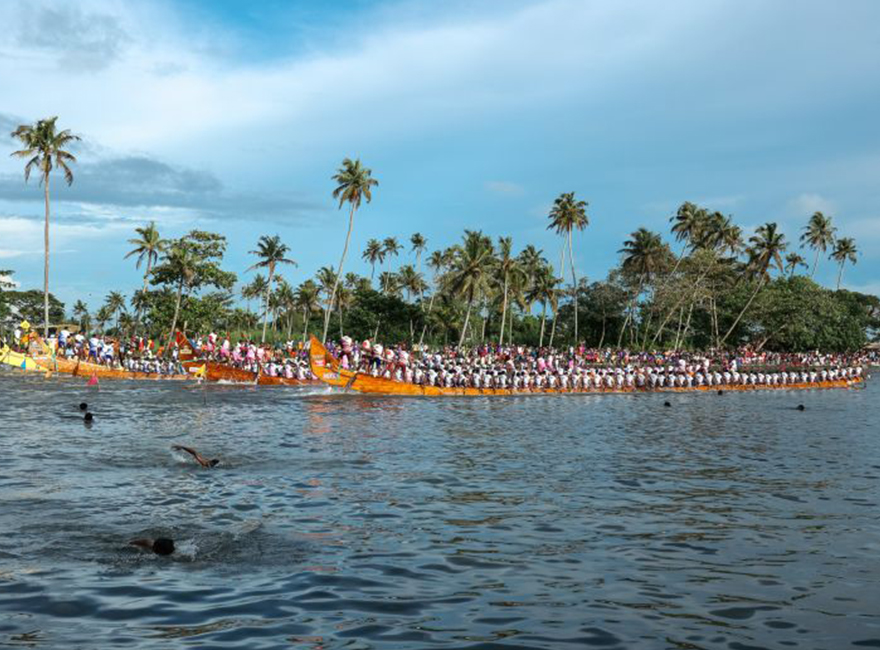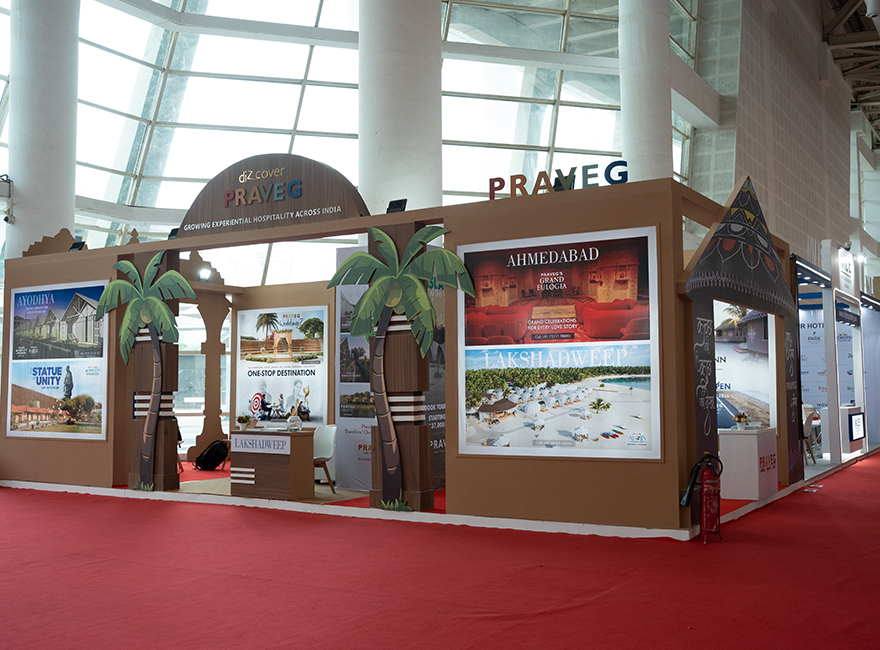Each time I tell my friends that I am going to Dholavira, they show me the same expression, “You are crazy,” and ask me the repeated question, “What is there in Dholavira, such a hopeless place?” Of course, there is nothing in store for a typical tourist at Khadir, the desert island where Dholavira is situated. This place is isolated from the mainland except for an eight km straight road connecting to the outside world.
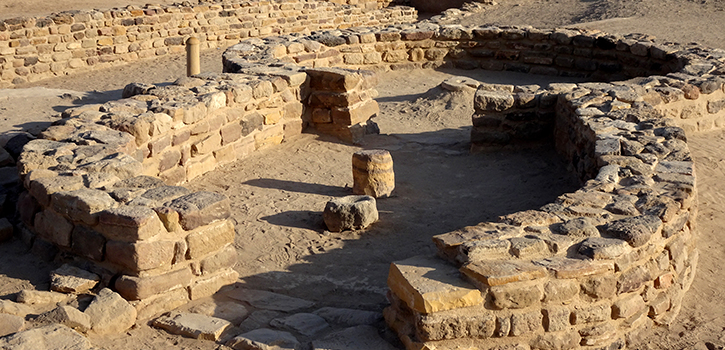
The distance between Ahmedabad and Khadir is almost 350 km. The weather is very tricky, and the rate of evaporation is probably the highest in the world. Dehydration will be with you throughout, even if you try rehydrating yourself with plenty of liquids. But if you have an eye for the less-seen things, it is the place for you.
Travelling from Rapar, the nearest town, to Khadir will teach you what loneliness is; it is almost a straight road; you can see as long as your eyes allow you, and you may feel lucky if you see a vehicle or two pass your way. Once you are close to Khadir, the road becomes straight, with shining crystals and slow-moving waves on both sides. Yes, it is time to realise that you are passing through the Greater Rann of Kutch. The shining crystals are the salt of life; the slow waves symbolise continuity in life.

Dholavira is India’s Mohanjo-Daro. If you are ready to get into the time machine and travel back 5,000 years, you will find the best examples for town planning, watershed management, drainage systems, and cultural advancement. Planned between two rivers, the township that got exposed after the excavation could provide many lessons for modern town planners. A visit to this site will, if possible, with a guide, enhance your interest in history and also inculcate pride in you that you belong to the long-lasting civilisation in the world, i.e. Indus Valley Civilization. The details on this site also prove that we Indians were wise and intelligent from the beginning.

Rann of Kutch is not a desert if you consider the first images created in your mind by the word "desert". You will never come across the typical sand dunes and mirages; however, the vastness and emptiness of Kutch will definitely attract you. With cracked mud lands and thorny shrubs around, the major part of Kutch resembles an inhospitable terrain. However, this unique ecosystem is rich in biodiversity and demands a thorough study. Kutch displays the spirit of humanity and showcases the practical side of Natural Resource Management. The village water storage facilities include rainwater harvesting, sustainable methods of agriculture, and architecture that is in harmony with the environment. There are several examples.

When the surroundings become dull and grey, the people become colourful; it seems that the people of Kutch have adapted to their land and environment for a long time. The colourful embroidery work of the interior villages and the dashing colours that the women wear surprise you. The interpretation can be that this is how they bring colours to their life in a place where brown is the only colour.
Disclaimer: Given the number of words, the article is split into two parts. The second part will be published next week.

